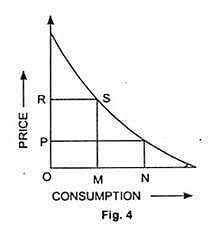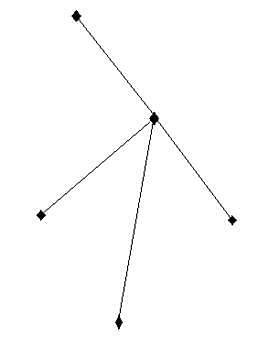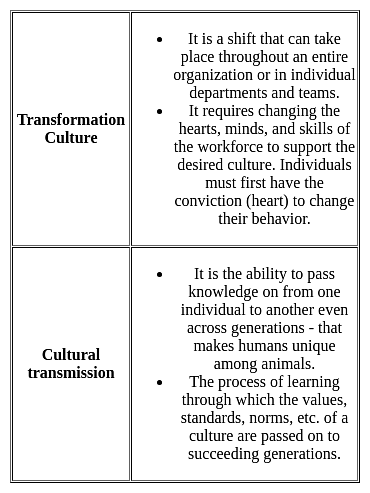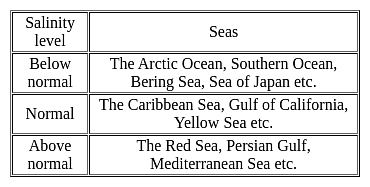APSET Paper 2 Mock Test - 3 (Geography) - AP TET MCQ
30 Questions MCQ Test APSET Mock Test Series 2025 - APSET Paper 2 Mock Test - 3 (Geography)
Which of the following is NOT a component of Green Revolution? Choose your answer from the code given below: a) Guaranteed employment
b) High Yielding Variety(HYI) of seeds
c) Rural electrification
d) No Poverty
e) Agricultural Universities
f) Land Reforms
Use the information below to answer the question that follows.
• fluctuating water table
• large herbivores, carnivores, and scavengers
• tall, coarse grass
• low-growing, drought-resistant tree species
The information presented best describes major features of which of the following grassland biomes?
| 1 Crore+ students have signed up on EduRev. Have you? Download the App |
The spreading and merging of places from different cultures including food, clothing, and even languages that people love and enjoy every day is known as -

Consider the following statements about Equator and choose the correct option:
(A) The equator is a real line running on the globe, which divides it into two equal parts.
(B) The equator is the longest latitude.
(C) The equator represents the 180° latitude.
For whom it has been rightly remarked that he followed the precedent of Humboldt, attempted to revive the close connection of geography to natural sciences, and at the same time restored the Ritterian tradition and sought to fulfil the methodology of Peschel.
What did Ratzel compare a state to in his work "Political Geography"
Consider the following -
1. Methane
2. Nitrous Oxide
3. Halons
Which of the above is/are responsible for depletion of stratospheric ozone?
Assertion(A)- According to Anthony Giddens human agency and social structure are not two separate concepts.
Reason(R)- Structure is a continuous process which is carried out in a flow.
Select the correct answer from options given below:
Which of the following agricultural system regions for the world are given by Whittlesey?
(a) Viticulture
(b) Rudimentary sedentary Tillage
(c) Specialized horticulture
(d) Commercial dairy farming
Choose the correct option from below:
Which state is the largest producer of tea in India ?
Which among the following state of India is best known for Saffron Cultivation?
Which among the following factors influence the salinity of ocean water?
1. Precipitation
2. Evaporation
3. Ocean Currents
4. Temperature
Select the correct code from the options given below:Assertion (A): Traditional Industrial regions are also called regions of smokestack industries.
Reason (R): These industries rely upon obsolete technologies causing huge pollution to air and water.
Select the correct answer from options given below:

Consider the following statements:
1. Seamounts are isolated steep submarine hills
2. The Andaman and Nicobar Islands are parts of seamounts projecting above the sea level.
3. The Peru Trench has been formed by subduction of the Nazca Plate below the South American plate.
4. Romanche Gap divides the Mid Pacific Ridge into two parts.
Which of the above statements is/are true?

Choose the correct option from the code given below:
Directions: The question consists of two statements, an assertion and a reason. The student must first determine whether each statement is true. Each question below consists of an assertion and a reason.
Assertion (A): Tigers are an endangered species.
Reason(R): Tigers are being poached by humans.
Heritage power project Sonapani mini-hydel power project is located in which state?
|
60 tests
|



















